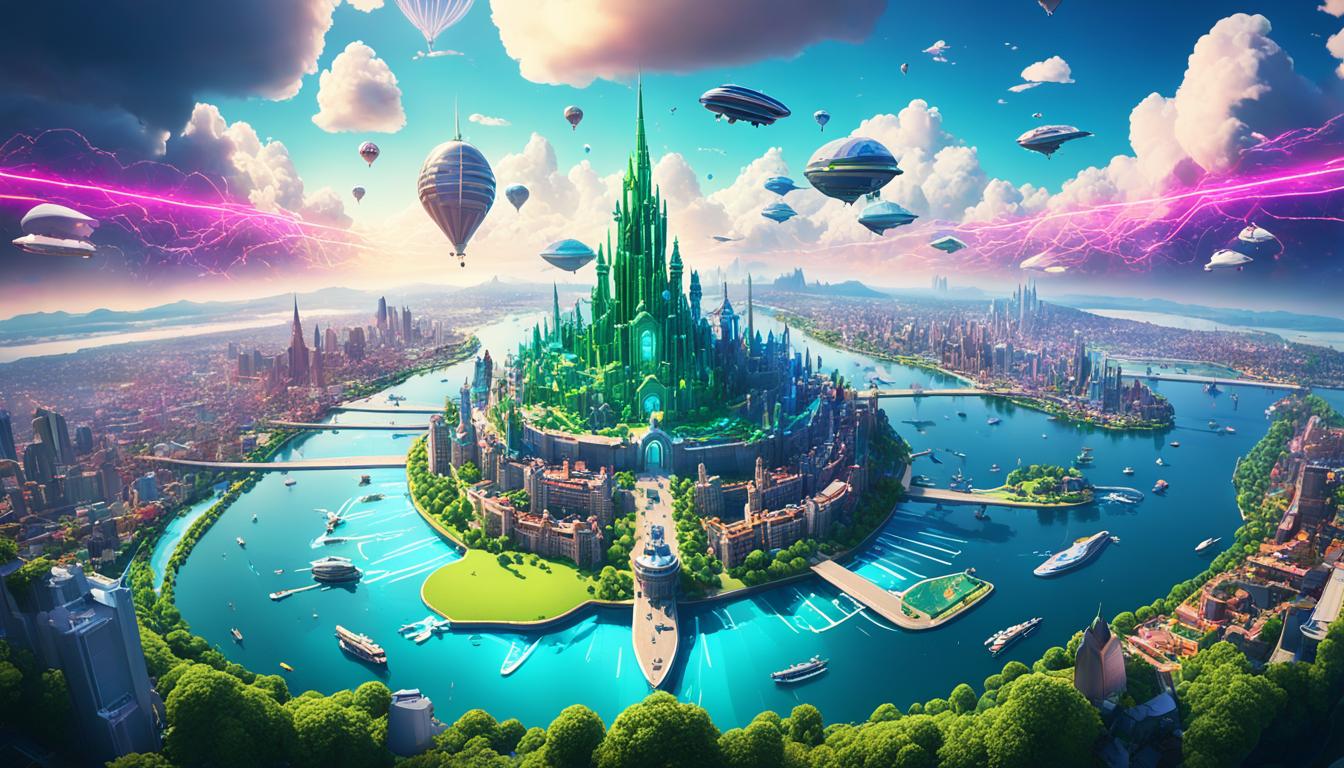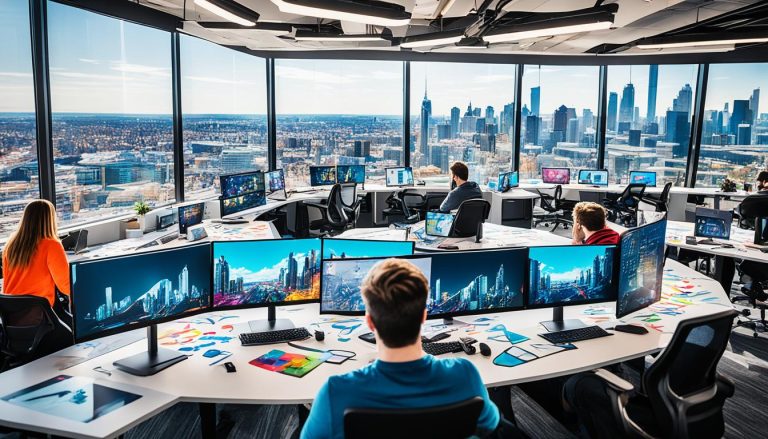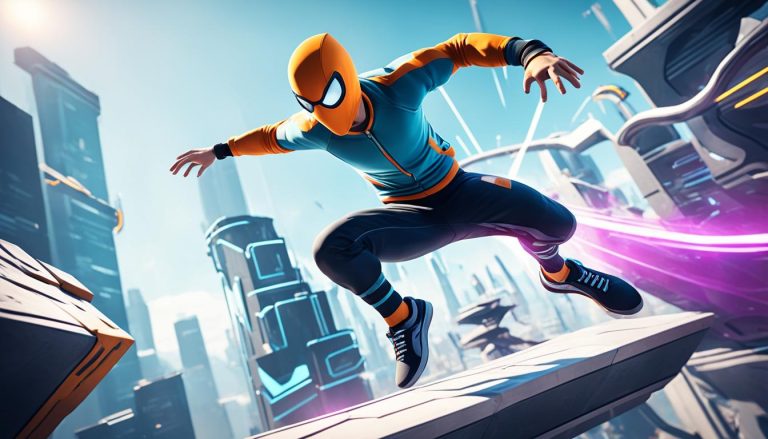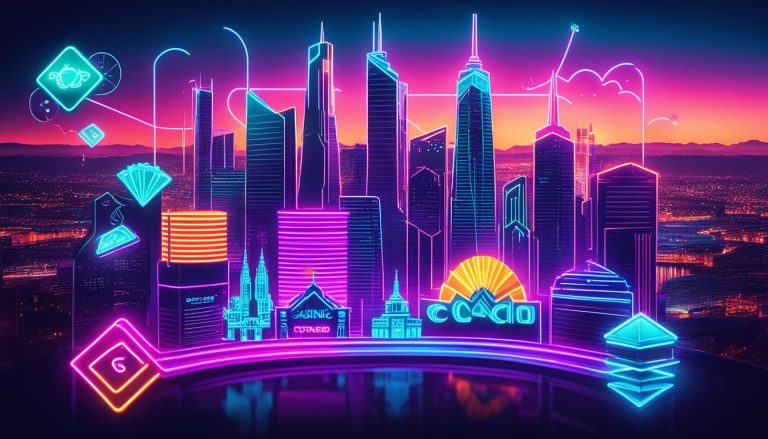What Is Video Game Animation
In the realm of digital worlds, video game animation has the remarkable ability to bring virtual experiences to life. Through the art of animation, game developers can create captivating characters, immerse players in breathtaking environments, and weave compelling narratives that capture the imagination.
Video game animation is the process of giving movement and behavior to characters, objects, and environments in a game. It involves the meticulous crafting of lifelike movements and interactions that make the digital world feel alive and responsive. Whether it’s the graceful glide of a hero’s sword or the realistic physics of a collapsing building, animation plays a crucial role in enhancing the player’s engagement and enjoyment.
Through a combination of artistic skill, technical expertise, and innovative software, animators breathe life into the pixels and polygons that form the building blocks of video games. They employ various techniques like keyframing, motion capture, and procedural animation to create seamless and realistic movements. It is through animation that characters develop personalities, environments come alive, and players become immersed in the digital worlds they explore.
In the upcoming sections, we will delve deeper into the basics of video game animation, exploring its key components and the software used by animators. We will also discuss the importance of animation in video games, highlighting how it enhances gameplay and storytelling. Finally, we will take a glimpse into the evolving landscape of video game animation, exploring the future trends that hold the potential to shape the future of gaming.
The Basics of Video Game Animation
Video game animation is a fundamental aspect of creating immersive gaming experiences. It brings digital worlds to life by giving characters and environments realistic movements and interactions. In this section, we will explore the key components of video game animation and the techniques used to create captivating gameplay.
Character Animation
Character animation plays a crucial role in video games, as it brings the game’s protagonists and antagonists to life. Animators use a variety of techniques to create fluid and lifelike movements for characters, including skeletal animation, motion capture, and keyframe animation. These techniques allow for precise control over every aspect of a character’s performance, from walking and running to combat and facial expressions.
Environmental Animation
Environmental animation adds depth and realism to video game worlds. It includes the movement of objects, such as trees swaying in the wind, water flowing, and interactive elements that respond to player actions. Animators utilize physics simulations and procedural animation to create dynamic and interactive environments that enhance the player’s immersion.
Cinematic Sequences
Cinematic sequences in video games are like interactive movies, providing players with visually stunning and narrative-driven experiences. These sequences incorporate high-quality animation, voice acting, and storytelling techniques to create engaging cutscenes that progress the game’s plot and captivate players. Animators work closely with scriptwriters and directors to ensure a seamless integration of gameplay and cinematic sequences.
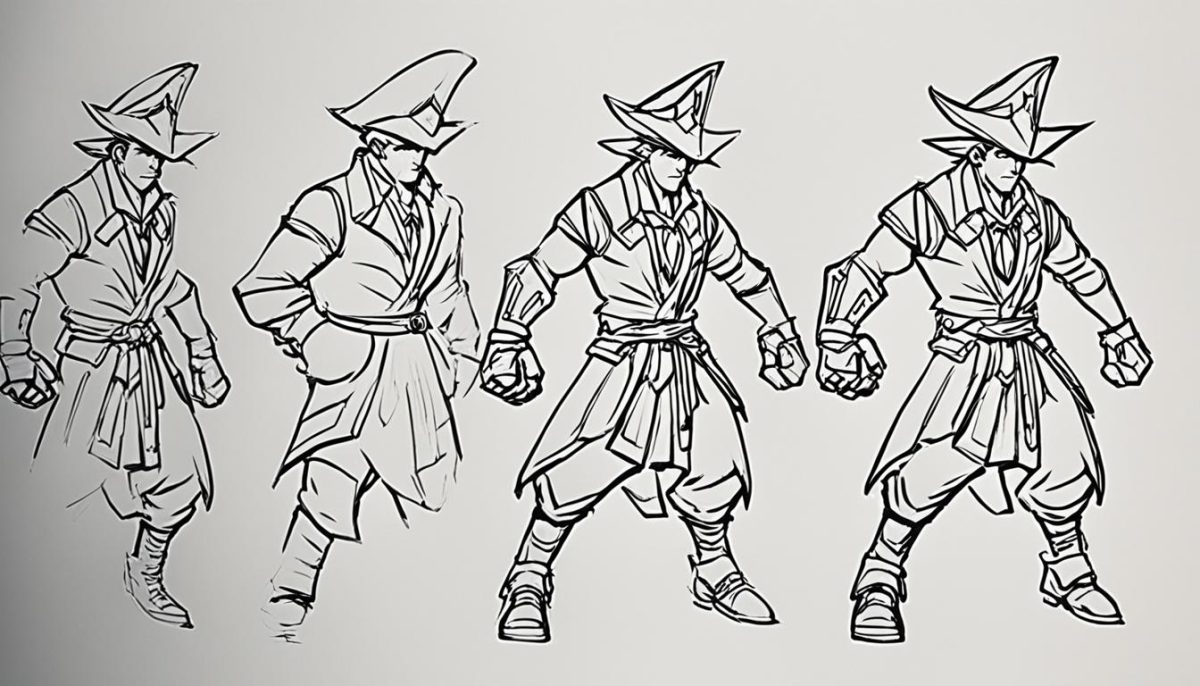
“Video game animation is an art form that allows players to interact with digital worlds in dynamic and visually appealing ways.” – Mark Brown, Gaming Journalist
Software and Tools
Animators rely on specialized software and tools to bring their creations to life. Popular animation software such as Autodesk Maya, Blender, and Unity offer powerful features and intuitive interfaces for creating and manipulating digital characters and environments. Additionally, animators use motion capture systems, digital sculpting tools, and physics engines to add realism and interactivity to their animations.
By understanding the basics of video game animation and the key components involved, you can gain a deeper appreciation for the intricate craft behind your favorite games. In the next section, we will explore the importance of animation in video games, including its role in enhancing gameplay and storytelling.
The Importance of Animation in Video Games
In the world of video games, animation plays a crucial role in enhancing gameplay and storytelling. Gone are the days of pixelated characters with limited movements. Today, animation brings virtual worlds to life, creating immersive experiences that captivate players.
One of the key benefits of animation in video games is its ability to enhance gameplay. Fluid and realistic animations make characters feel responsive to players’ input, resulting in a more engaging and interactive gaming experience. Whether it’s jumping, fighting, or interacting with the environment, well-executed animations make the actions feel natural and satisfying.
Animation enhances gameplay by making characters feel responsive and realistic.
Moreover, animation is a powerful storytelling tool in video games. Through carefully crafted animations, game developers can convey emotions, build relationships between characters, and unfold narratives that resonate with players. From cinematic cutscenes to in-game dialogue sequences, animation adds depth and meaning to the stories being told, creating memorable and emotionally engaging experiences.
Additionally, animation allows for the expression of complex ideas and concepts that may be challenging to convey through other means. It enables developers to create fantastical creatures, breathtaking environments, and awe-inspiring visual effects that transport players to extraordinary worlds. Animation breathes life into these creations, making them believable and captivating.
Animation contributes to storytelling, creating memorable and emotionally engaging experiences for players.
Furthermore, the importance of animation extends beyond the visual aspect of video games. Sound and music, combined with well-executed animations, can create a harmonious blend that enhances immersion and reinforces the emotional impact of the gameplay. The synchronization of animations and audio elements further amplifies the overall gaming experience and creates a cohesive and polished production.
As video games continue to evolve and push the boundaries of technology, animation will play an increasingly vital role in shaping the future of the medium. Advancements in rendering techniques, motion capture technologies, and artificial intelligence will further improve the realism and complexity of animations, making games even more captivating and immersive.
In conclusion, the importance of animation in video games cannot be overstated. It enriches gameplay, amplifies storytelling, and contributes to creating unforgettable experiences for players. As the industry continues to innovate, animation will remain at the forefront, driving the evolution of video games and opening up new possibilities for immersive and interactive entertainment.

Evolution and Future Trends in Video Game Animation
Over the years, the evolution of video game animation has been nothing short of remarkable. From pixelated characters that could barely move to lifelike animations that blur the line between the virtual and real, the industry has come a long way. Technological advancements have played a pivotal role in transforming video game animation into an immersive and captivating experience.
One of the key factors driving the evolution of video game animation is the continuous improvement in hardware capabilities. With each new generation of consoles and graphics cards, developers have access to more processing power, allowing for more complex and realistic animations. This has led to unprecedented levels of detail in character movements, facial expressions, and environmental interactions.
When it comes to future trends in video game animation, the possibilities are exciting. The rise of virtual reality (VR) and augmented reality (AR) technologies is set to revolutionize the gaming experience even further. Imagine stepping into a virtual world where you can interact with characters in ways never before possible. The potential for immersive storytelling and gameplay is immense.
Furthermore, advancements in motion capture technology and machine learning algorithms are enabling developers to create animations that adapt and respond to player input in real-time. This level of interactivity adds a whole new layer of engagement and personalization to video game experiences.

